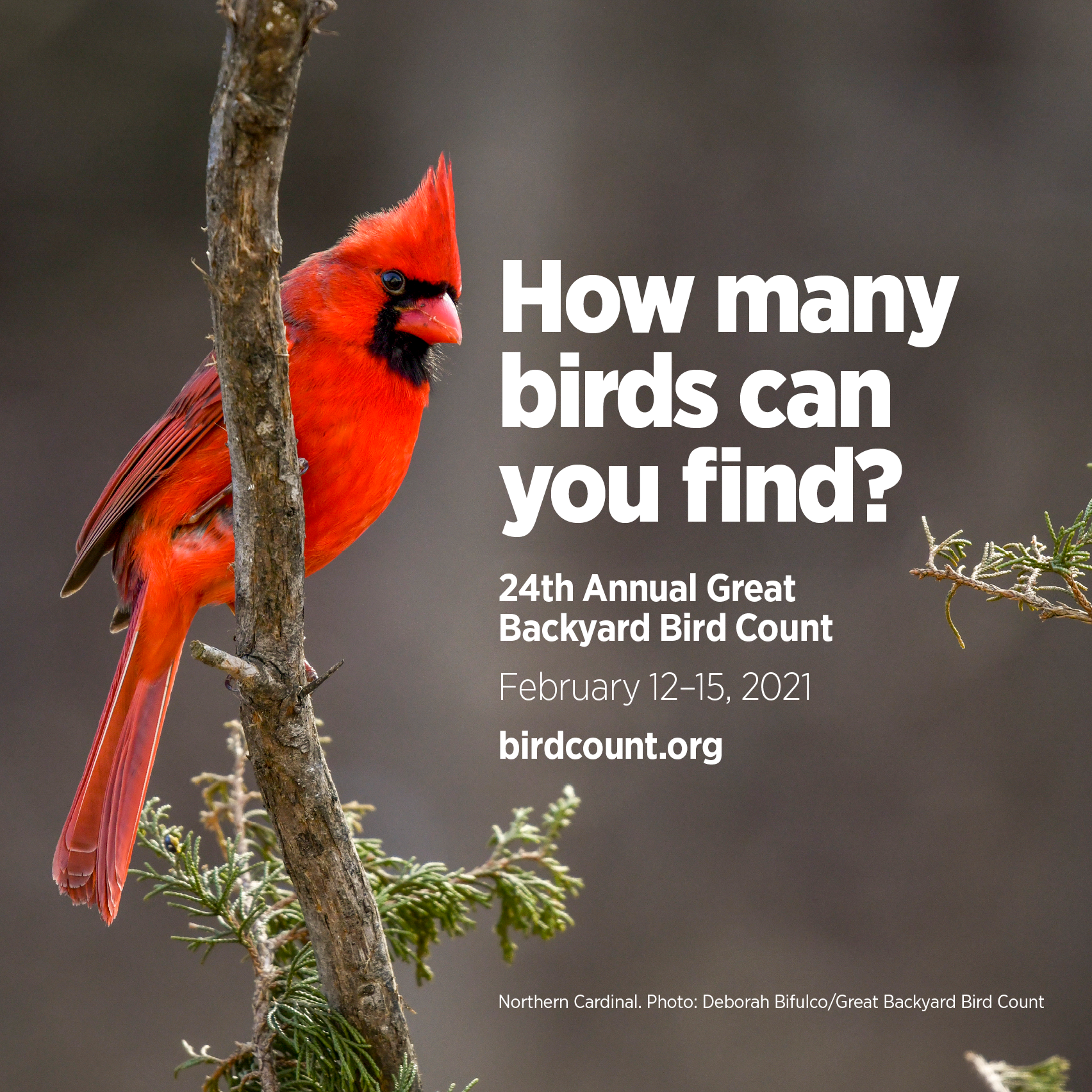It has been cold, really cold, here in Wichita Falls, and in much of the country. We are not expected to see temperatures above freezing for a week. We are also expecting a lot of snow, although there has been only a smattering of that so far. I am planning on staying in the house for the duration. Fortunately, I have an office at the house, so I can do that.
The picture to the left is not Wichita Falls and is not our Carolina Chickadee (it's a black-capped chickadee), but looks a little like our environment right now. How can such a tiny little bird, weighing only a few ounces, survive these cold temperatures?
I saw a post yesterday on Facebook where someone was asking what they could do to provide a way for the birds to keep warm. Birds are phenomenally well adapted to surviving in the cold. But there are things we can do to help.
First, shelter. It isn't necessary to put up houses. Instead, think habitat. Trees, shrubs, vines, and grasses. These provide a windbreak and when covered with snow, can be relatively snug. Brush piles are also well-loved by small birds. With the exception of the brush piles, if you haven't already put the plants in place, you can't do much about habitat now, but you can put in some plants when we thaw out.
Extra food, especially food high in fat, is important for birds to be able to keep their body temperatures up. It takes a lot of energy to produce heat. I am going out multiple times a day to ensure there is plenty of food for all.
Water is also important and hard for birds to find when water is frozen. Either add fresh water to the birdbath every little bit when it freezes or invest in a bubbler or heater for your birdbath.
Birds don't really need our help in the winter, but it does make us feel better to do something. Birds have some very interesting adaptations to help them survive the cold. Like what?
In the cold, birds look bigger. They fluff up their feathers. This traps air between the feathers to provide insulation between the surrounding air and their bodies. Some birds add additional feathers in their fall molt to add even more insulation. And birds add oil to their feathers as they preen.
The scales on bird legs are an adaptation that helps minimize heat loss. Birds can also control the amount of blood circulating in their legs and feet, reducing heat loss that way.
Some birds also have the ability to reduce their body temperatures in order to need less fuel. Hummingbirds do this. They have an extraordinary energy requirement, even compared to other birds. They can drop their body temperature from a normal 104 degrees F to as low as 38 degrees. Swifts and poorwills also do this.
Birds also share body heat by roosting together. Smaller birds will sometimes form piles in sheltered areas. I can remember seeing a small flock of Inca doves huddled up together in a small sheltered spot a few winters ago when we had a snowstorm.
Birds can lay down a lot of body fat in a short period of time and they will eat as much as they can in order to do so. Birds do this in the fall before migration and before winter because both require a lot of energy.
For now, keep the food out and water in the birdbath. Create a brush pile or some sort of windbreak. Plant native plants (bonus points if they provide food as well) before next winter comes.
Our birds have what it takes to survive the cold without us, but all of us can use help now and again.
Good birding!






